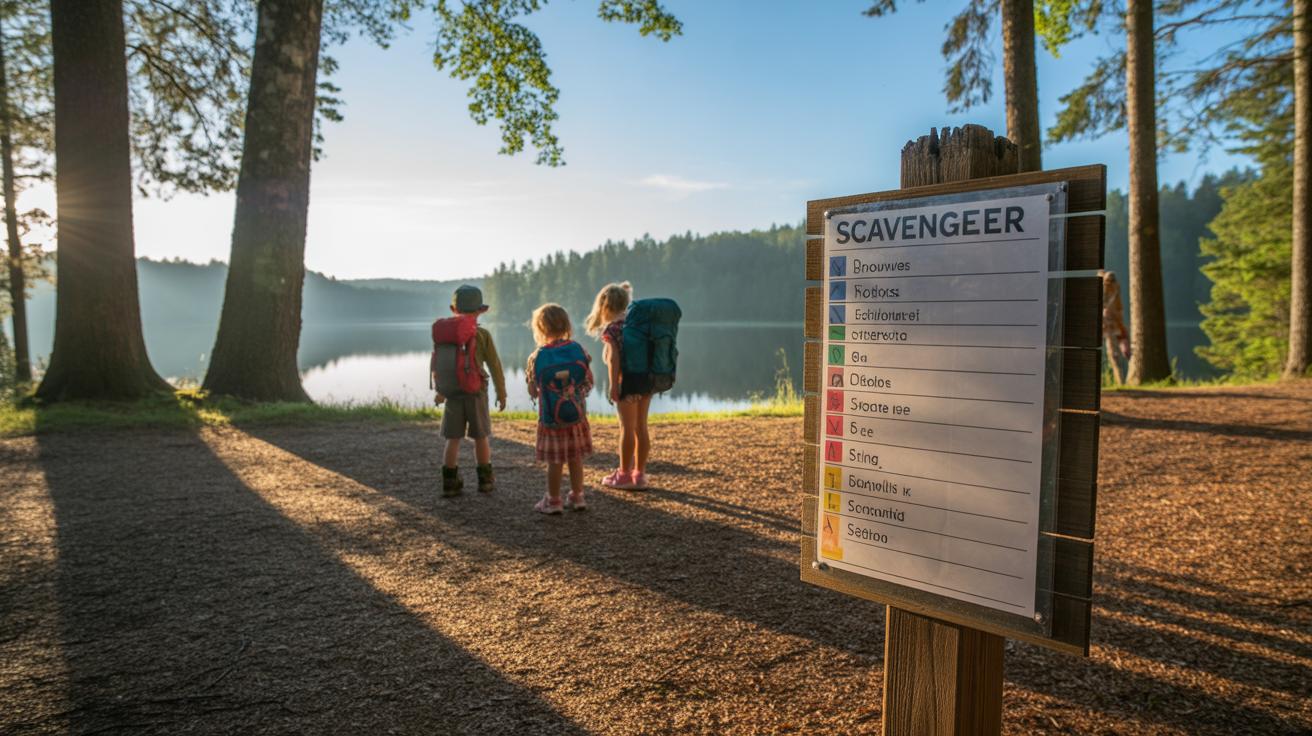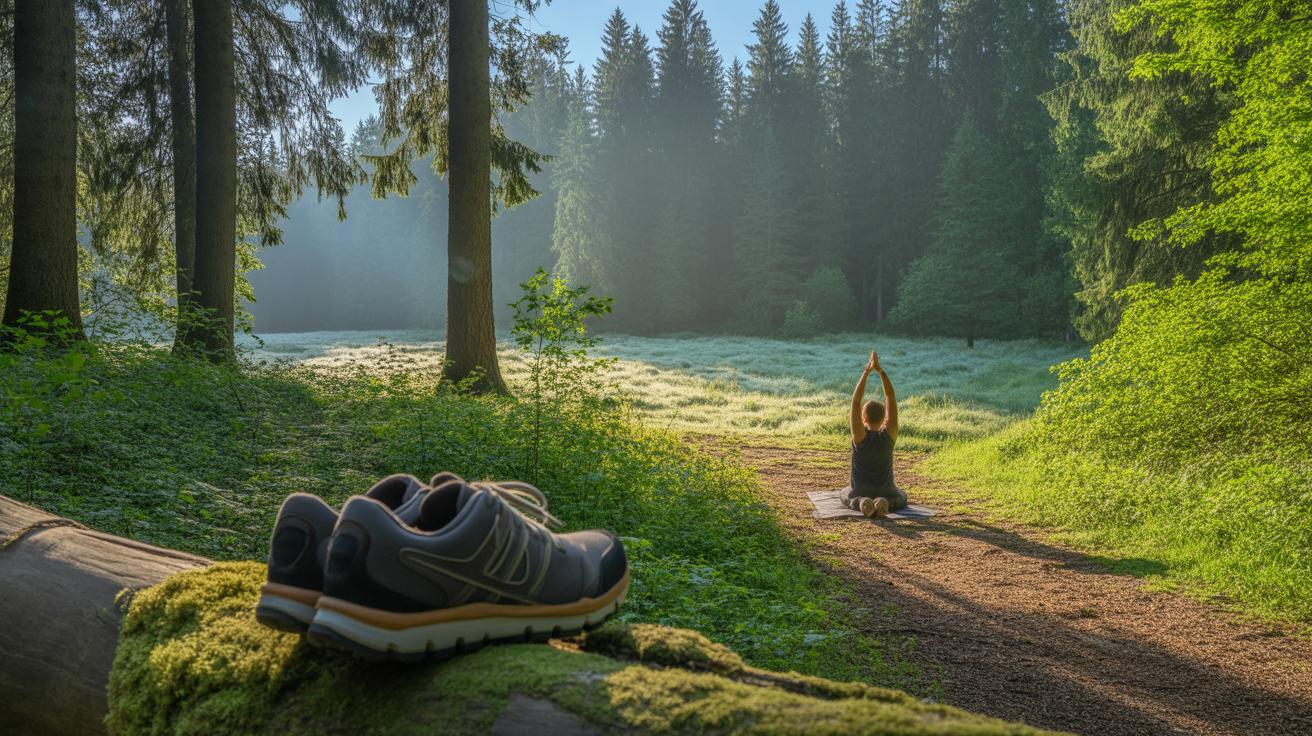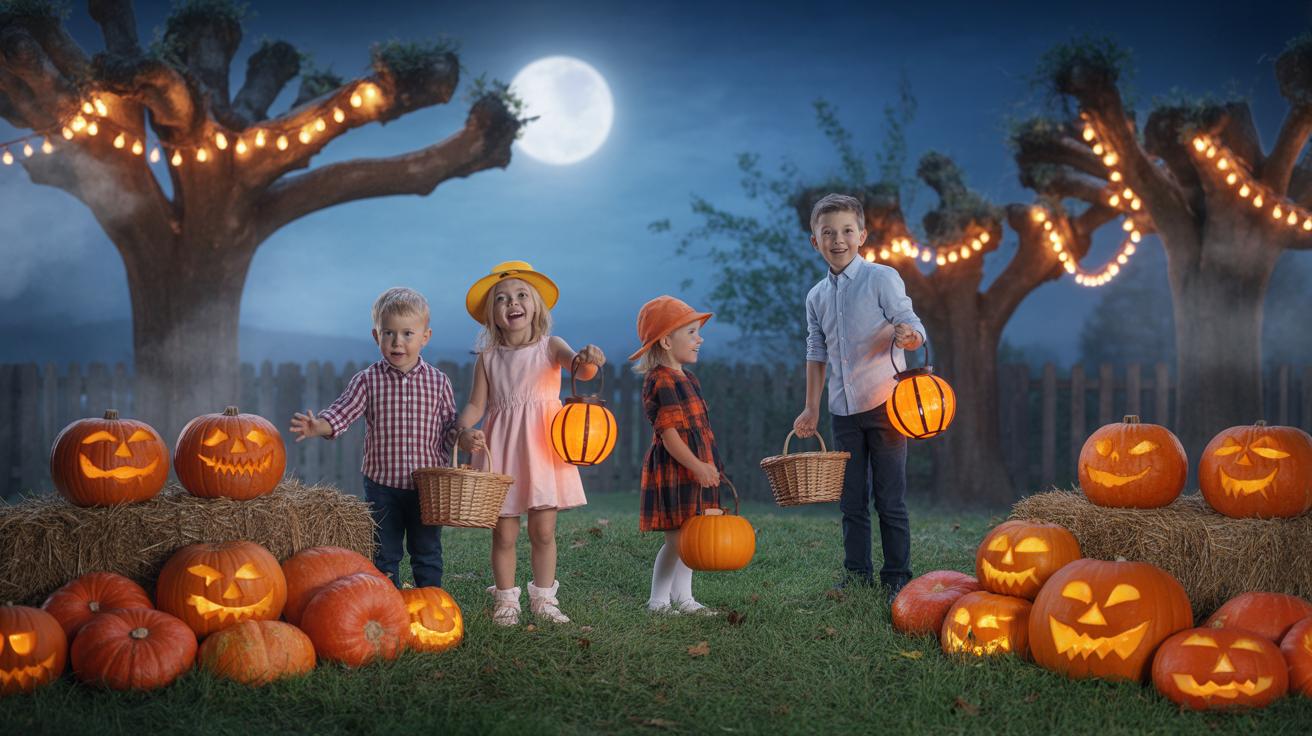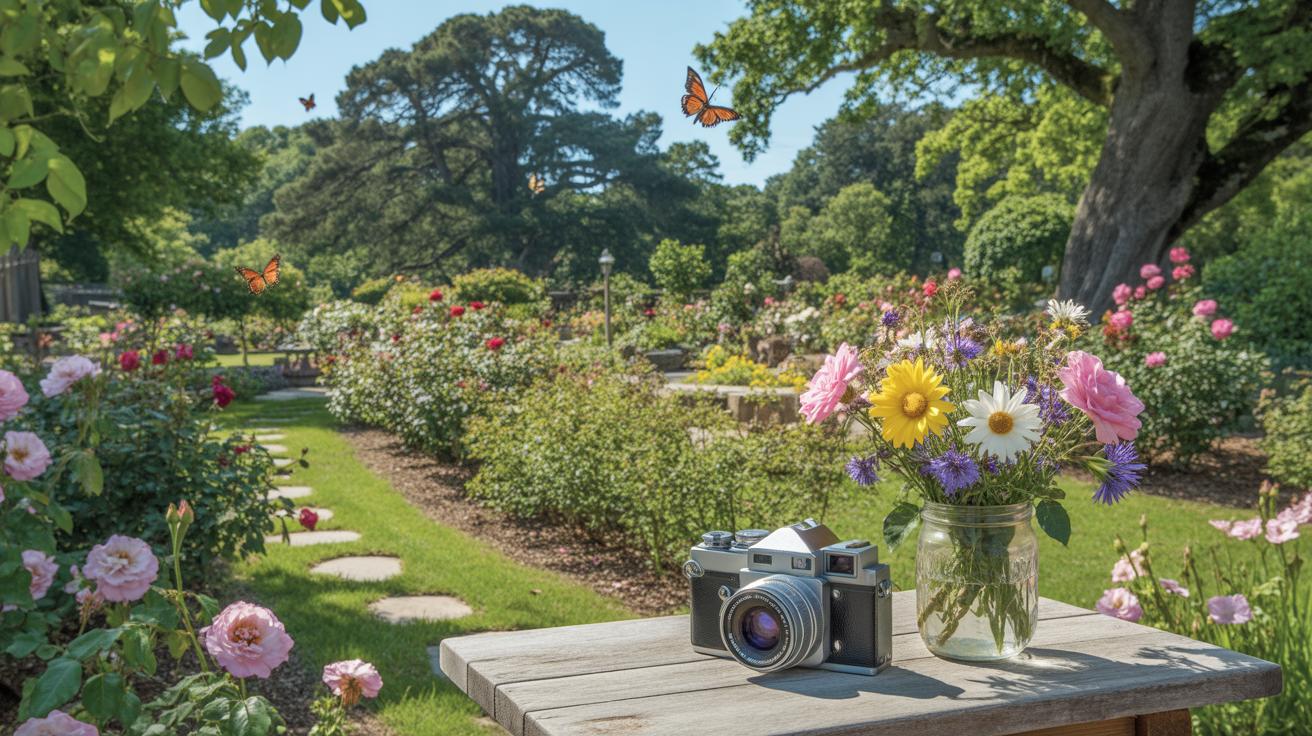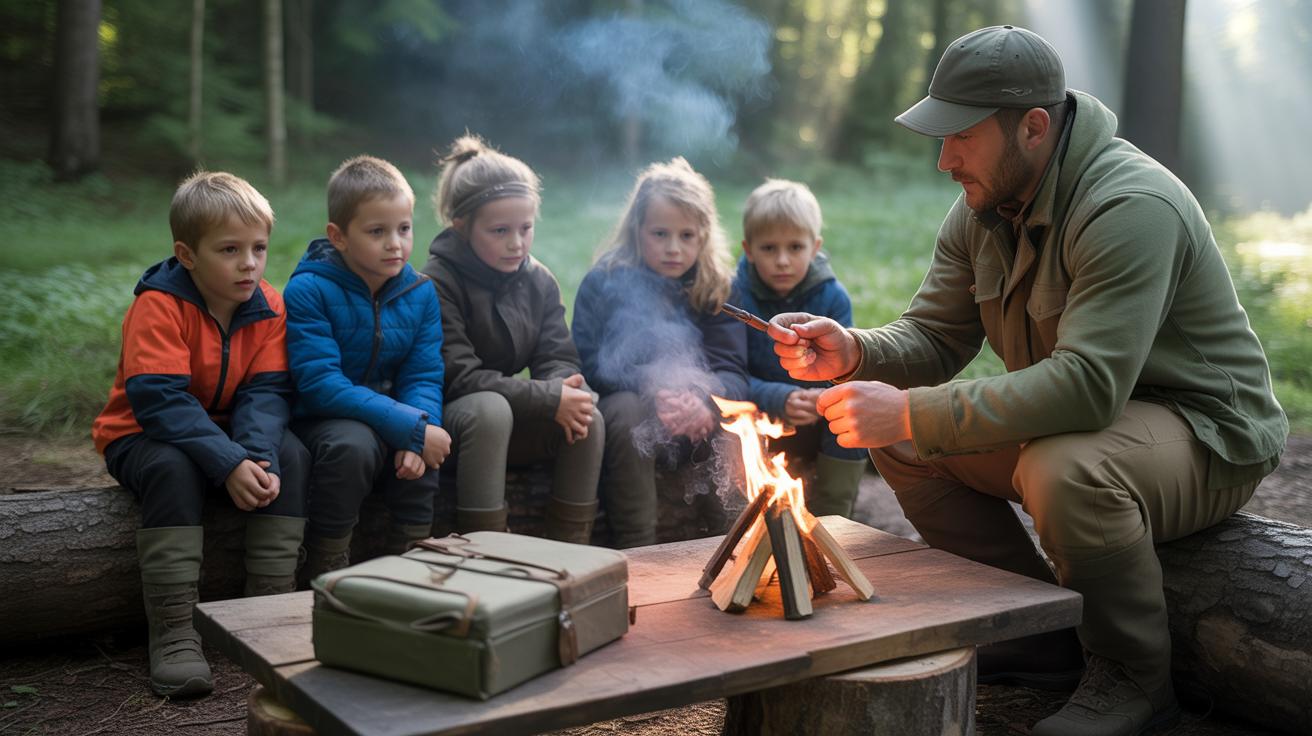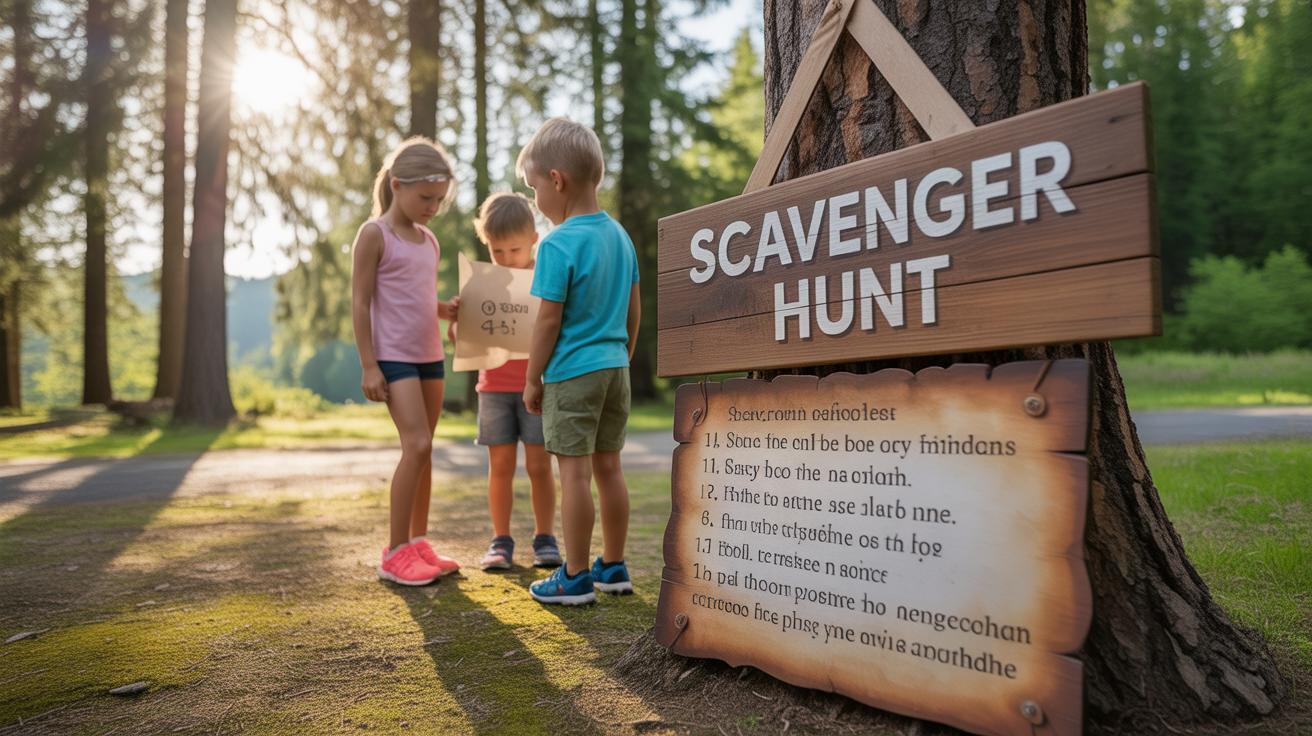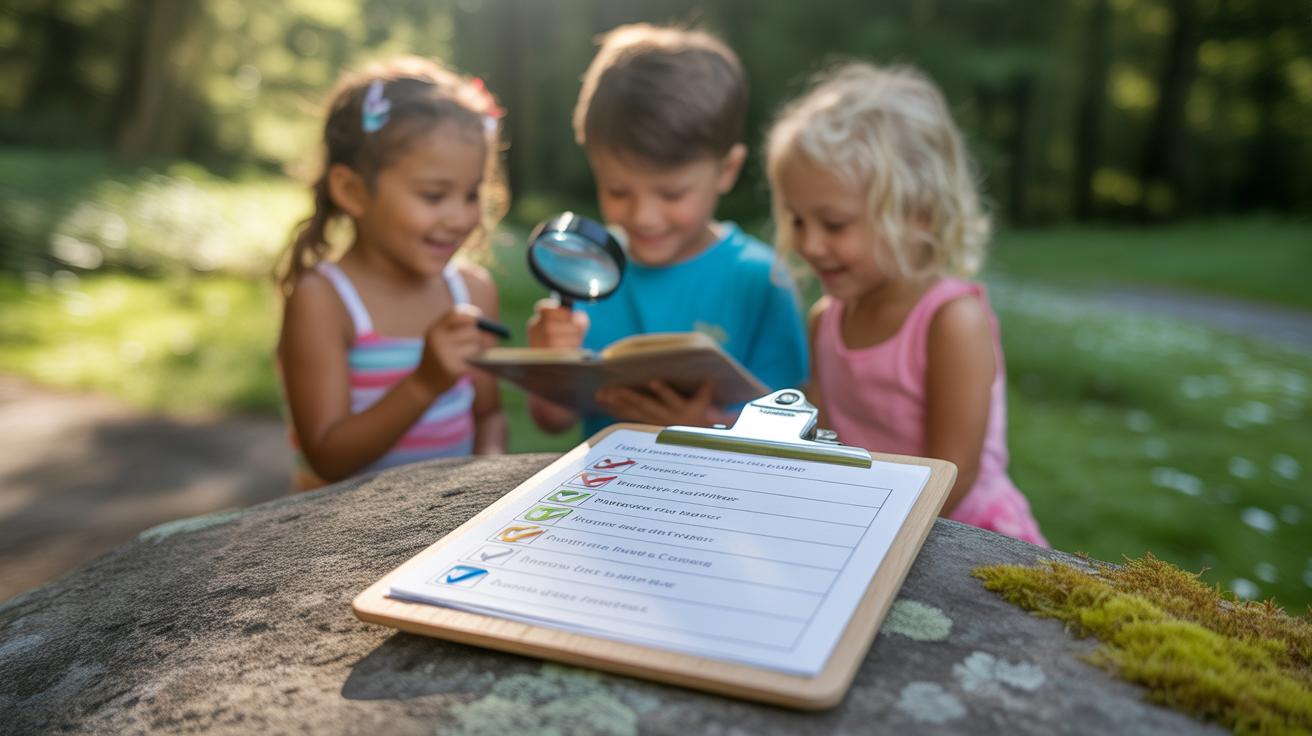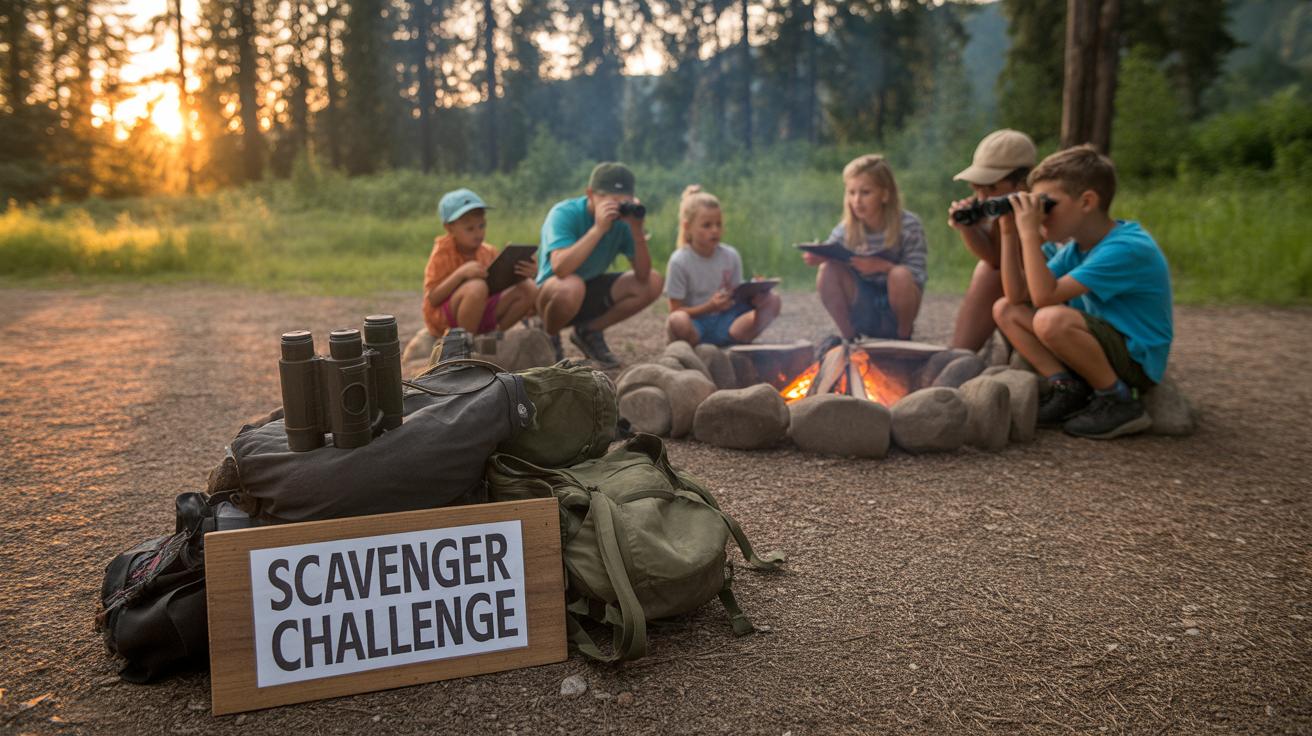Introduction
Creating your own DIY scavenger hunt can turn a simple camping trip into an exciting adventure for kids. This activity helps children explore nature while developing their observation skills and teamwork. It adds a unique twist to camping that keeps kids entertained and learning.
In this article, you’ll find practical tips to design scavenger hunts that fit your camping environment. We look at ways to make the game safe, fun, and educational. From choosing items to find to creating engaging clues, you’ll get ideas to make memorable camping moments with your children.
Preparing Your Scavenger Hunt List
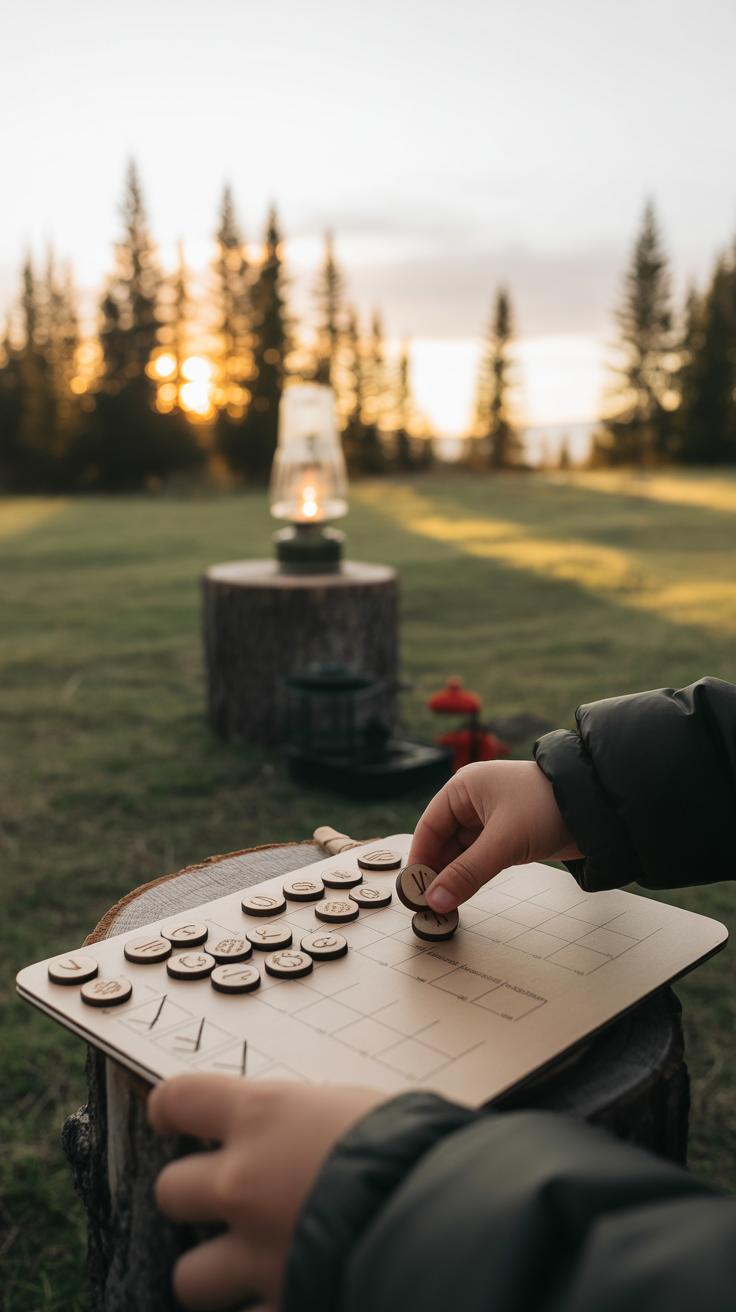
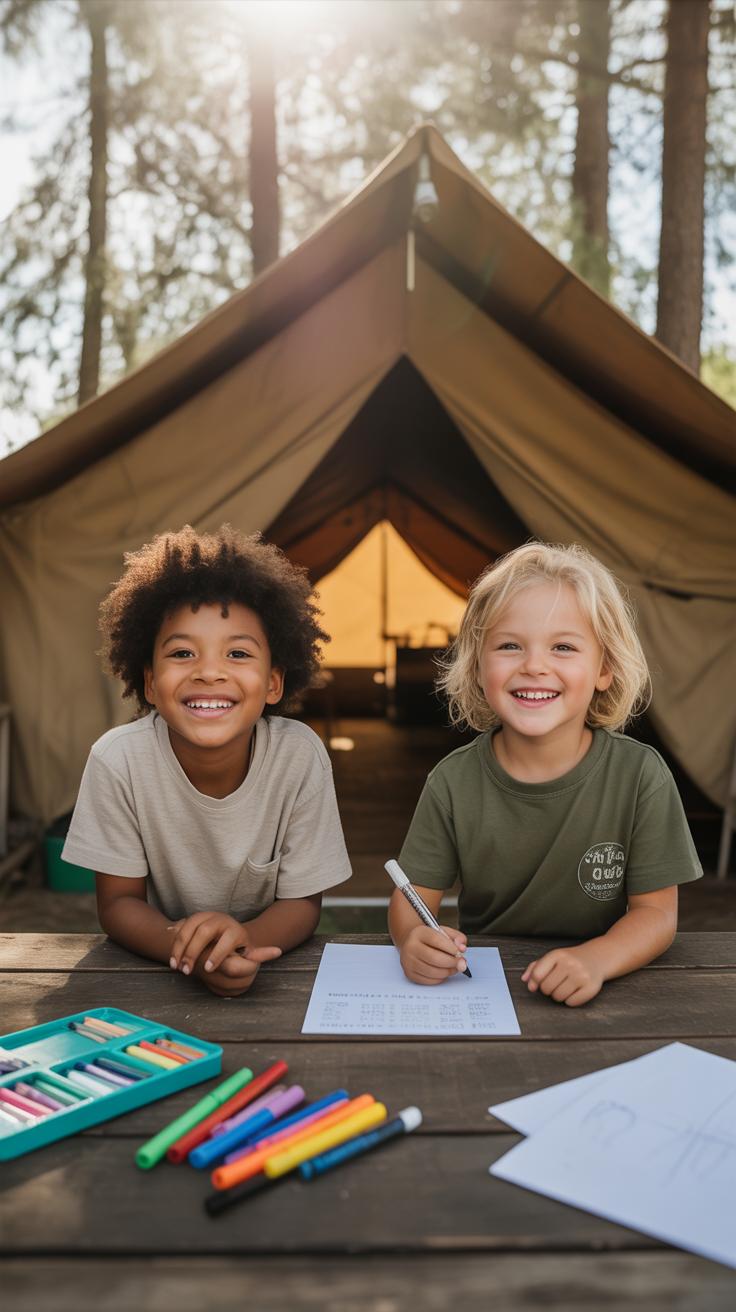
Creating a scavenger hunt list is more than just jotting down random things to find. You want to balance fun with safety, especially when kids are outdoors, possibly in unfamiliar surroundings. Think about the kids’ ages—it’s not just what they can spot but what they can safely handle or recognize.
Start with items that relate to the environment they’re in. For example, a pine cone or a smooth rock might be easy for younger kids, while older ones could search for insect tracks or specific leaves. Mixing in a few simple tasks, like spotting a bird or imitating an animal call, makes it less about grabbing and more about observing.
Keep the list manageable. Too many items means kids can get overwhelmed or lose interest. Fewer, well-chosen objects or tasks keep things fresh and achievable.
Remember, some items might not always be easy to find, depending on weather or location, so having a few alternatives is a good idea. You might also want to consider if the kids need to collect the items or just point them out—sometimes just spotting something can be enough to spark excitement.
Lastly, think about collaboration. Pairing kids up or setting small teams can turn the list into a shared challenge. This adds another layer—learning to work together, discuss clues, and decide where to search next. It’s a subtle way to build teamwork without it feeling forced.
So when you prepare your list, keep it simple but thoughtful. Think like a kid: what would make you want to run around, explore, and shout out when you find something? That’s when the list starts to come alive.
Preparing Your Scavenger Hunt List
Creating your scavenger hunt list can be a bit tricky. You want to strike a balance between fun and safety, especially with kids around. Think about their ages first. Younger children may need simple items, like a smooth rock or a green leaf, while older kids might enjoy finding something less obvious, like a feather or a uniquely shaped pinecone. Safety should always come first—avoid anything that could be sharp, poisonous, or easily broken.
When picking items, consider the environment you’re camping in. If you’re near a forest, leaves, sticks, or acorns make good choices. Near a lake? Maybe wet stones or certain water plants. A themed list based on your surroundings keeps it fun and relevant. For example:
- Pinecones scattered around the campsite
- A piece of bark with moss
- Different types of leaves
- Rocks with unusual shapes or colors
Adding simple tasks can make the hunt more engaging. Challenges like building a tiny stick shelter or spotting a bird can get kids thinking and moving. Sometimes, kids enjoy tasks more than just finding objects—they can stretch their creativity or observation skills. You might ask them to find an animal track or count how many bugs they see on a log. These little tasks bring more variety and keep the excitement up.
So, what feels doable but still interesting? Let yourself tweak the list as you go along. Maybe some items are too hard or unsafe, so don’t be afraid to swap them out last minute. The goal is to keep kids curious and involved without any frustration or risk. It’s a bit of trial and error, but that’s part of the fun too.
Setting Up the Scavenger Hunt
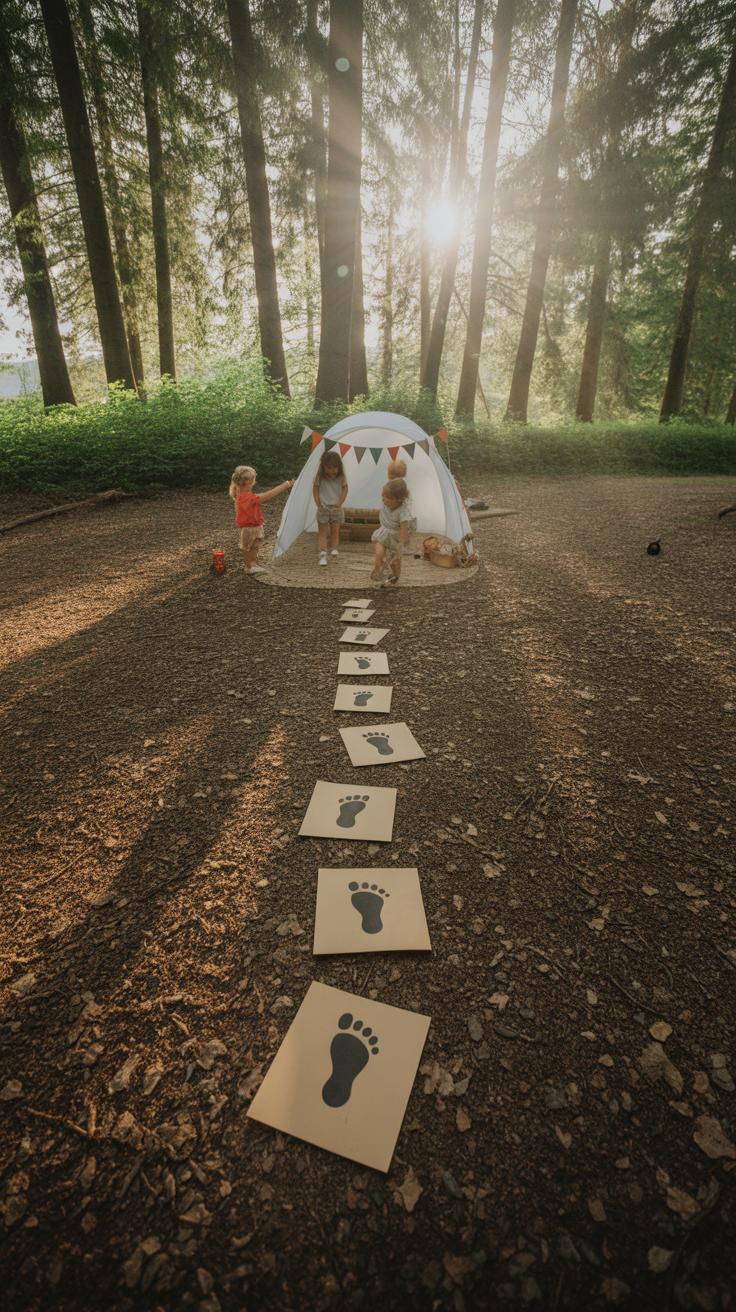
Marking Boundaries and Safety
Before kids dash off hunting for items, it’s smart to mark clear boundaries. Keep the area simple—maybe within a circle of trees or between a couple of trails. This way, you prevent wandering too far, which, frankly, can get a bit worrying, especially if you’re juggling other campsite tasks. Don’t just say “stay close”—use natural markers like a big rock, a fallen log, or tie bright ribbons at eye level around paths.
Give kids a quick safety rundown: no climbing trees or running over tricky ground. Encourage buddy teams, so no one is ever alone. I’ve noticed kids feel more confident—and behave better—when they know exactly where they can and cannot go. Plus, having a clear timeframe, like “search for 30 minutes,” helps keep excitement in check without losing control.
Explaining Rules and Rewards
The game works best when everyone understands what’s expected. Keep rules simple, like “find items on the list” and “ask before taking anything.” Remind them to respect nature: no picking fragile plants or disturbing animals. If you want to be interesting, throw in a “no running” rule just to slow things down—funny how that sometimes gets ignored, though!
Rewards? Well, they don’t have to be elaborate trophies. Sometimes a sticker, an extra marshmallow at campfire, or a silly nickname like “Explorer Extraordinaire” goes a long way. You could also have a small prize for finishing the list, or just celebrate with cheers. From experience, kids often enjoy the challenge itself more than the prize—though a little recognition never hurts to keep motivation up.
Engaging Kids with Creative Clues
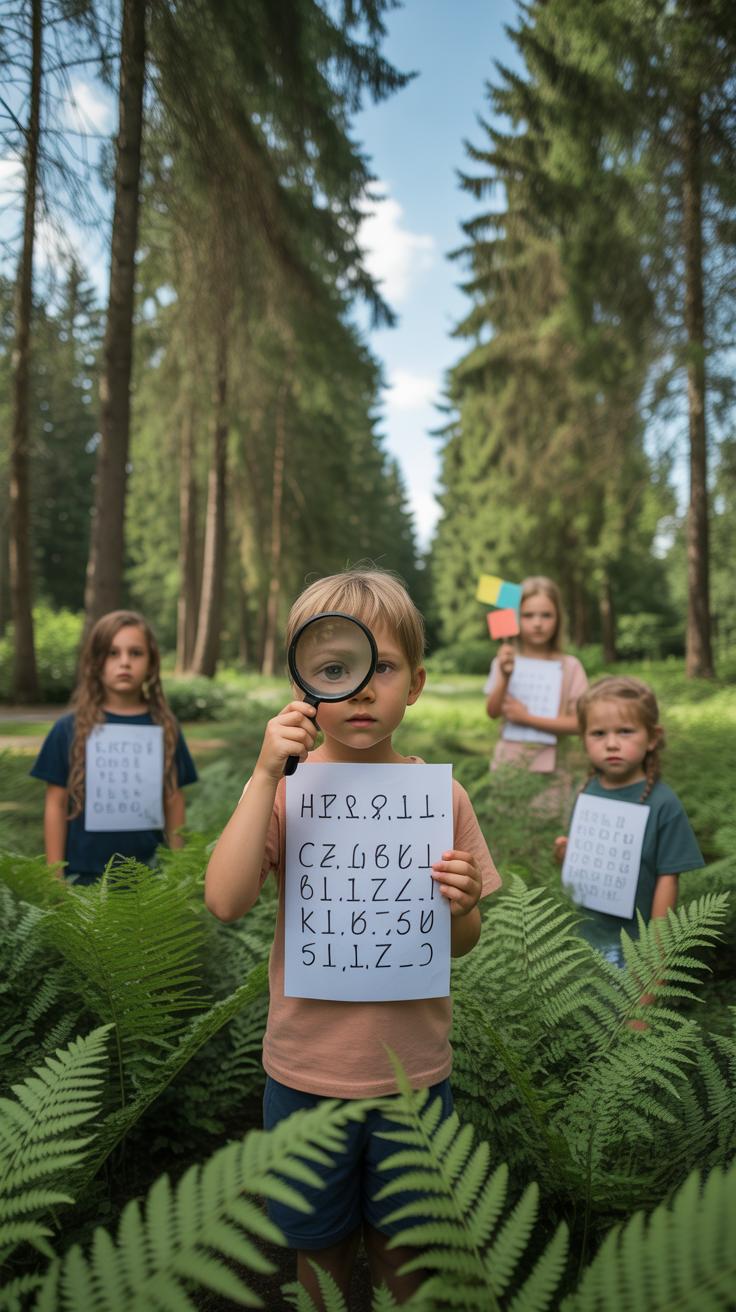
Getting kids excited about a scavenger hunt often depends on how you present the clues. Simple lists can feel dull quickly, so adding a twist, like rhymes or riddles, turns the hunt into a little puzzle each step of the way. You might try something like: “I’m green and small but love the sun. Find me where shadows run.” It nudges kids to think but doesn’t frustrate too much.
Rhymes bring a rhythm that sticks in memory, especially for younger ones who might enjoy chanting them aloud as they search. Sometimes, what works best is keeping the rhyme short and fun, letting the kids guess or ask for hints if they get stuck. It’s okay if the clues are a bit uneven—some kids might solve them faster, some slower, and that creates moments to cheer each other on.
Picture clues are a lifesaver for non-readers or those just learning. You can draw a simple leaf shape, or snap a photo of a pinecone and glue it to the clue card. It makes the instructions clear without words. I remember once using a series of hand-drawn bird shapes for a group of little campers; seeing the kids light up when they recognized each bird was rewarding.
Mixing these ideas is also effective—maybe a rhyme that hints at a picture, or a drawing with a small riddle attached. The goal is to keep things playful and accessible, without overcomplicating. What’s your take? Do your kids prefer guessing riddles or following pictures? Sometimes, it’s a blend that keeps the interest alive through the whole adventure.
Involving Teamwork and Social Skills
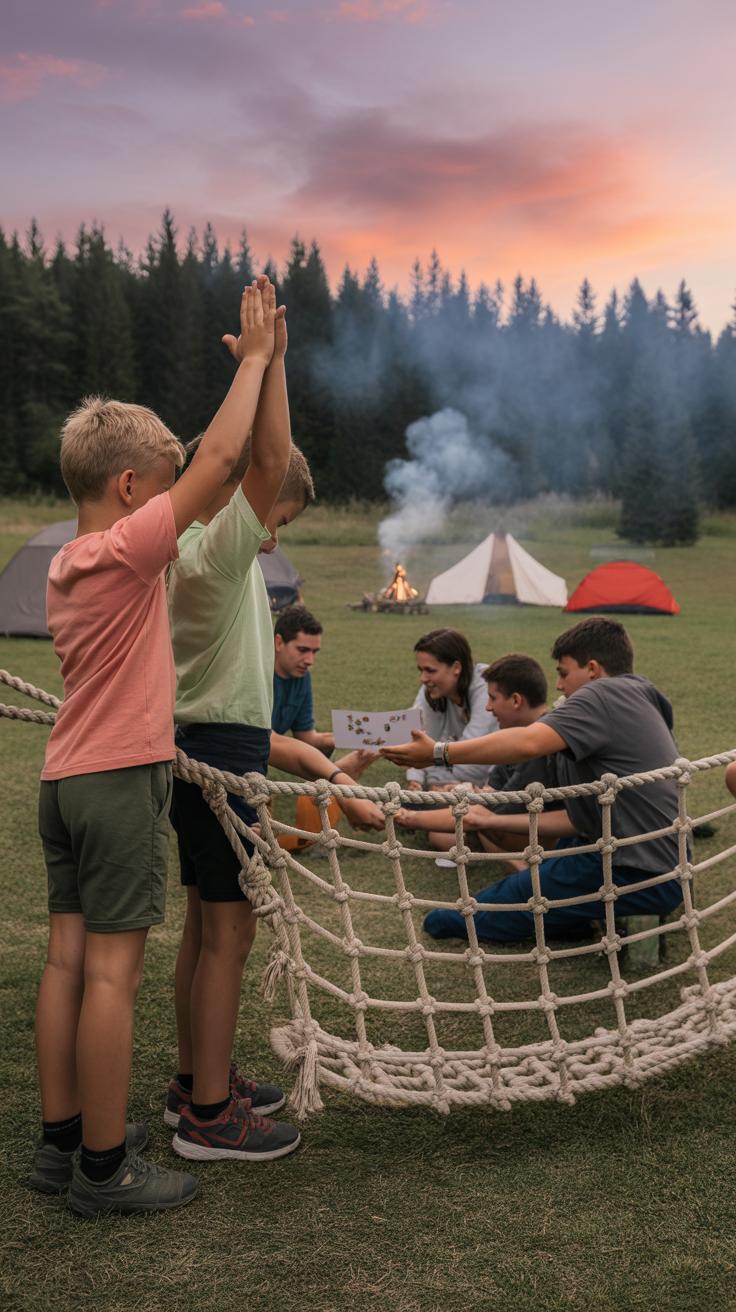
Getting kids to work together during a scavenger hunt isn’t always easy, but it really makes the whole experience richer. When children collaborate, they learn to listen, share ideas, and support each other—all skills that go beyond just finding hidden items. Sometimes you’ll see a shy kid suddenly jumping in with a bright idea, or a usually bossy child learning to take turns. These moments are worth paying attention to.
Assigning roles can help a lot. Think about giving one child the job of leader, someone else the navigator, and maybe a third the recorder. The leader might decide where the group goes next, the navigator keeps track of clues and directions, and the recorder writes down what they find. This division isn’t only practical; it helps kids feel that their contribution matters. Plus, when each person has a role, it’s easier to avoid conflicts. Of course, how you assign roles can be flexible—sometimes kids switch mid-hunt, too.
After the hunt, encourage children to share their findings and stories. This isn’t just about listing what was discovered; it’s about storytelling. Maybe a child tells how they spotted a cleverly hidden pinecone or stumbled across a curious insect. These stories spark laughter and curiosity, helping friendships deepen naturally. It might even lead to kids asking each other questions about their different perspectives or ideas. Don’t underestimate how this part of the game extends the fun and learning, well after the hunt ends.
Adapting the Hunt for Different Age Groups
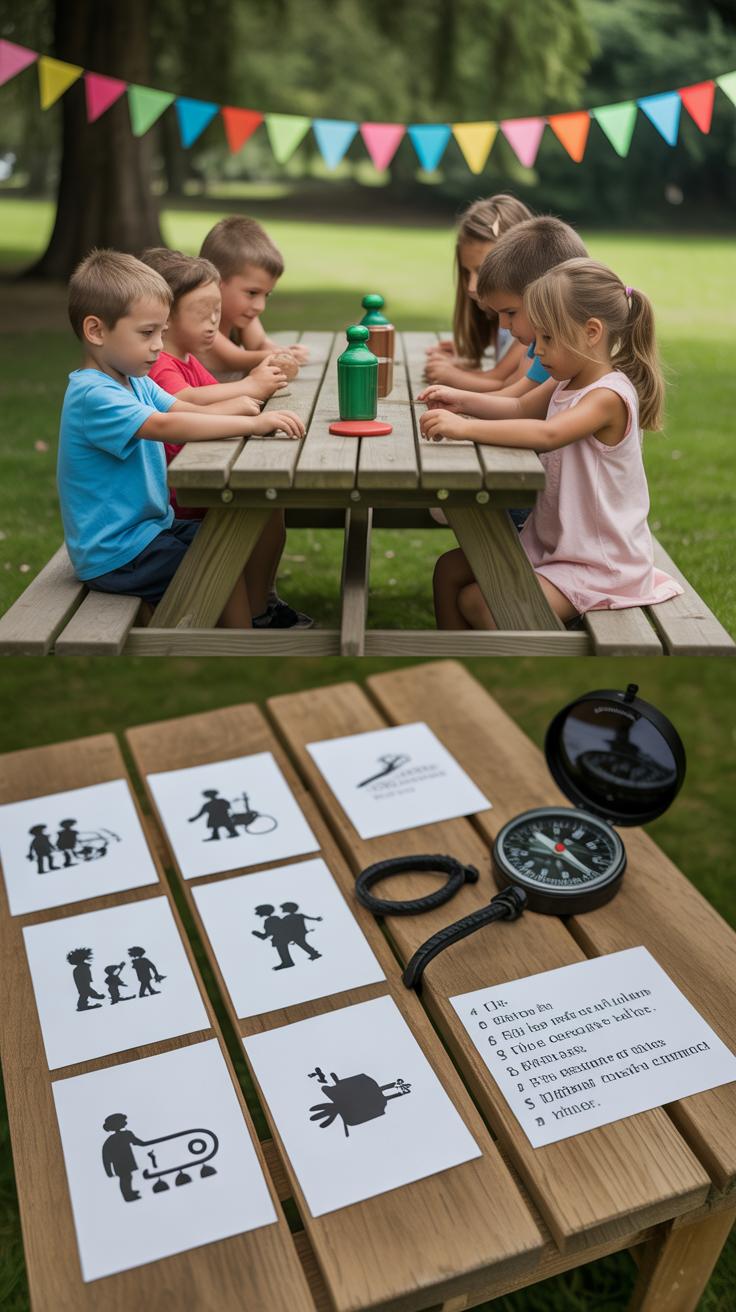
When planning a scavenger hunt for kids of different ages, tailoring the challenge to their abilities really makes a difference. For younger children, it’s best to keep things simple. Try cutting down the number of items on the list. A shorter hunt helps keep their attention from wandering, which it often does if the task feels too long or confusing.
You might want to include things that are easy to spot, like a brightly colored leaf or a pinecone, rather than something faint or hard to find. Simple actions work well, too — like hopping in place near a tree or clapping three times. These small, clear goals keep little ones engaged and less frustrated. I noticed once that my niece lost interest quickly when her list had too many vague items; trimming it down made her enjoy the game far more.
For older kids, the hunt can get more creative and a bit tougher. Incorporate puzzles or riddles into the clues. Maybe have them use a simple code to figure out where to look next or to identify a specific plant by its leaf shape. Challenging their problem-solving skills keeps boredom at bay. You could even add mini challenges that require teamwork or observation, like spotting animal tracks or guessing the sound of a bird nearby.
But don’t go overboard with complexity, or the older kids might just get frustrated or annoyed. The idea is to keep them curious and thinking, not overwhelmed. Have you ever noticed how kids sometimes lose interest when the hunt feels like homework? Balancing difficulty is key — not too easy, not too hard. It’s a fine line.
Reflecting on the Experience
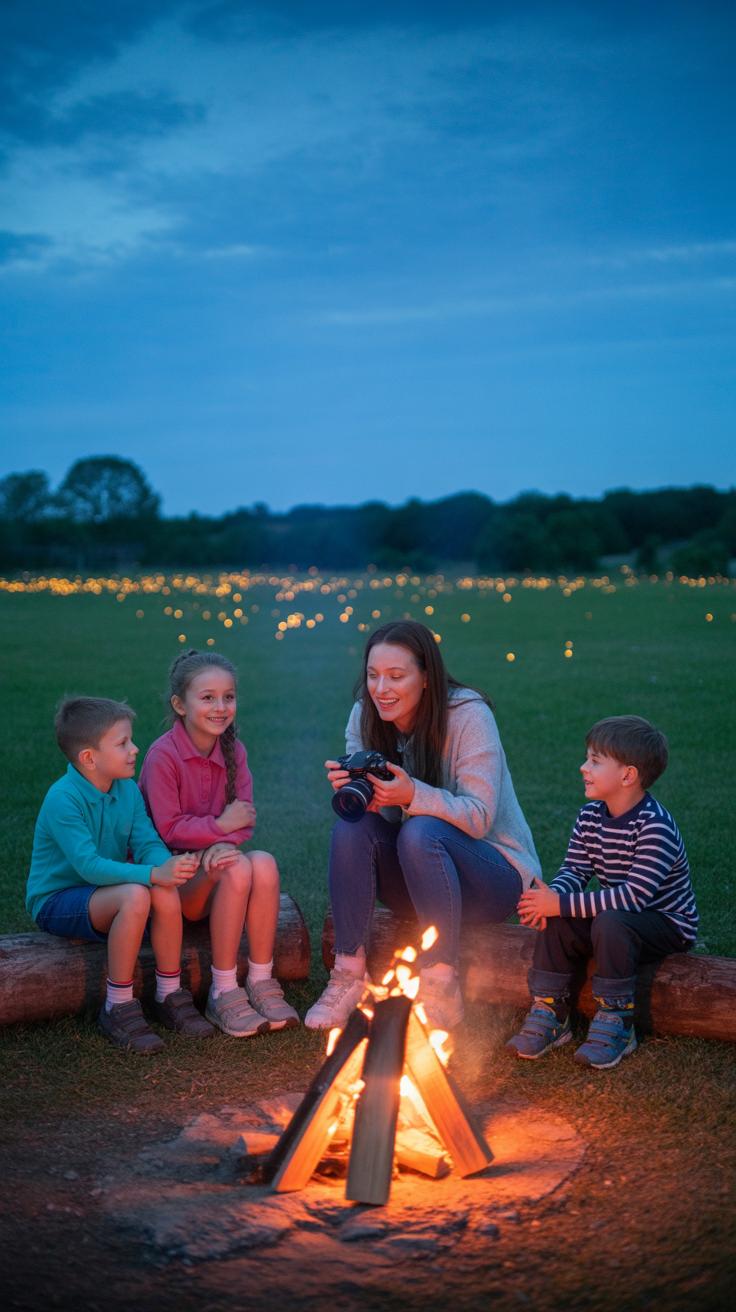
Once the scavenger hunt wraps up, take a moment to sit down with the kids and talk about what just happened. You might be surprised at the variety of things they noticed or learned while exploring. Some kids might mention spotting a certain bird or recognizing a type of leaf. Others could talk about how tricky it was to find something hidden or how they worked as a team.
Encouraging this kind of reflection helps deepen the experience beyond just checking off items on a list. Ask open-ended questions like:
- What was the most interesting thing you found today?
- Did anything surprise you during the hunt?
- Which part did you like doing the most? Why?
- Is there something you wish we looked for but didn’t?
Sometimes kids might not have immediate answers. That’s okay. Gently nudging them can get conversations going, and you might discover unexpected stories or ideas. Hearing what they enjoyed or struggled with gives you clues about how to make future hunts more fun or a bit easier, if needed. Maybe a certain clue was too hard or the area too big to cover for little legs.
Gathering feedback doesn’t have to be a formal process. Keep it light and informal. You could even turn it into a quick game — like rating parts of the hunt with a thumbs up or down. This kind of simple feedback helps you shape better scavenger hunts next time and makes the kids feel heard and involved.
Reflecting together not only helps you plan but also makes the kids feel the whole adventure mattered beyond just the game. And honestly, it might spark ideas for the next camping trip, too.
Extending the Fun Beyond the Hunt
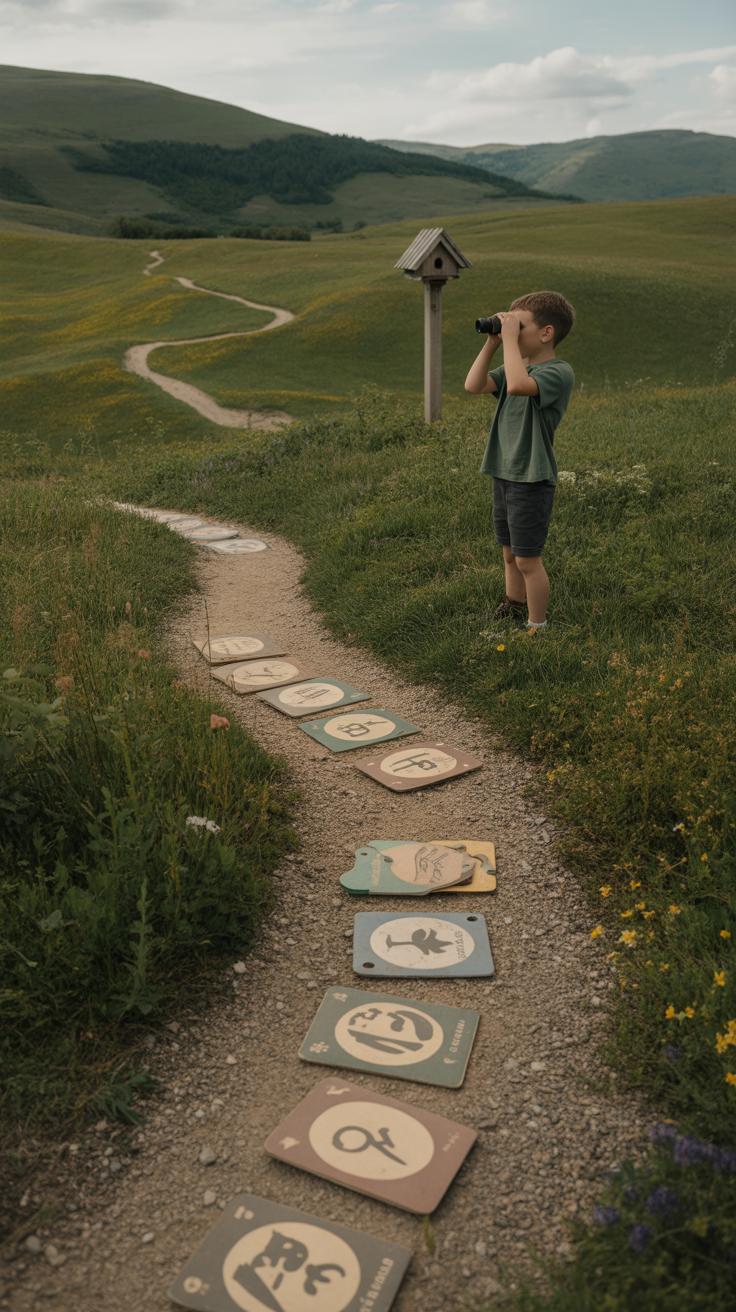
Once the scavenger hunt wraps up, the fun shouldn’t have to stop. You might find the kids still buzzing with energy and curiosity, so tapping into that makes all the difference. One way is to turn the items they’ve gathered—like leaves, sticks, or pine cones—into simple crafts. Around the campfire, kids can make leaf rubbings by placing leaves under paper and rubbing crayons over them. Or, they might try arranging sticks into shapes or even small sculptures. These activities give them a chance to slow down and notice details they might have missed during the hunt.
Another idea is planning nature walks that connect with what they found earlier. Maybe focus on trees or insects spotted during the hunt, guiding the children to look closer and ask questions. You could pepper the walk with light games, like “I Spy” using specific colors or textures, keeping the momentum going without pressure. It’s surprising how much these simple walks can deepen their interest—sometimes even more than the original scavenger hunt. Have you noticed how kids often want to return to a spot that caught their eye before?
Conclusions
The DIY scavenger hunt is more than just a game; it’s a way for kids to connect with nature and each other. It challenges them to think, discover, and work as a team. You can easily adapt it to your camping site and the age of your kids to keep it interesting and safe.
With a little planning, you can make your camping trip extra special and meaningful. This activity encourages creativity and active play, helping make your outdoor experience joyful. As you create your scavenger hunt, remember the goal is to have fun and enjoy the adventure your camping trip offers.


